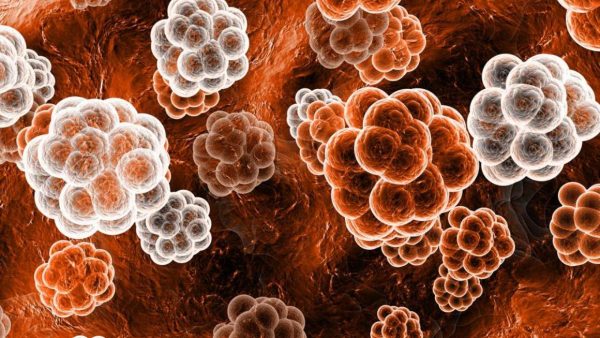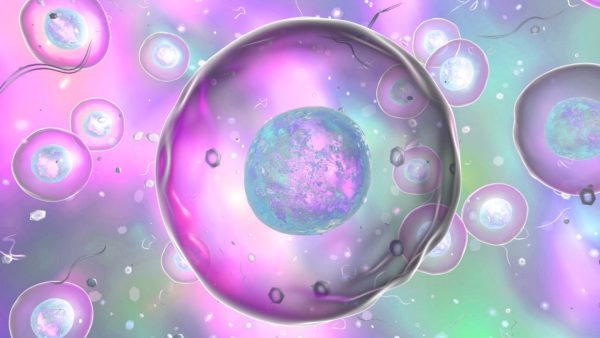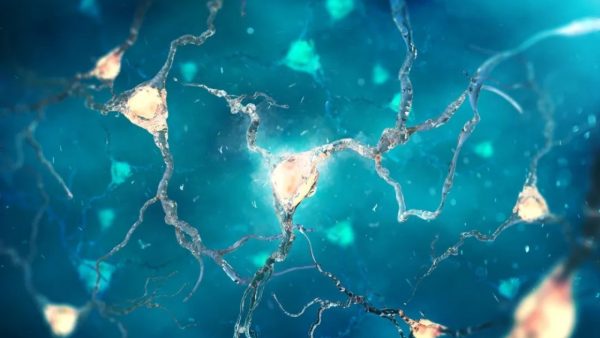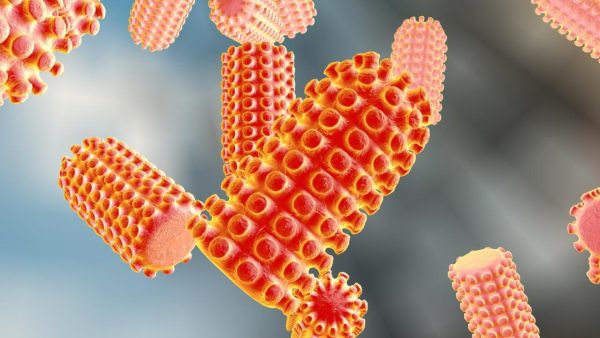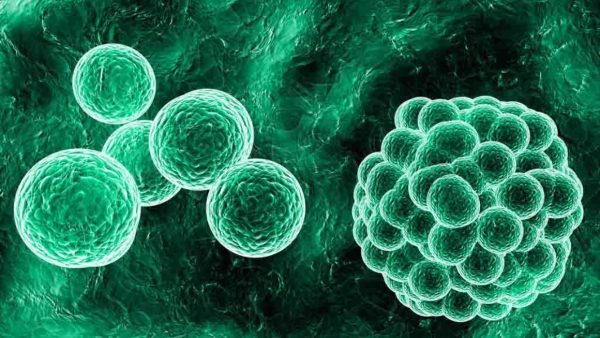Diabetes is a threat to health of many people around the world. As males are vulnerable to insulin resistance, diabetes is likely to affect the males at a higher rate than the females. In addition, males have a lower body fat percentage than females indicating that insulin resistance is more closely related to body fat […]
The Combined Application of pSar and DOTMA for Drug Delivery
Polysaccharide-based polymers, such as pSar, and cationic surfactants, such as DOTMA, are increasingly used in the development of drug delivery systems. pSar is a biocompatible and biodegradable polymer which can be used to protect drugs and other molecules from degradation and increase their solubility by encapsulation, while DOTMA, a cationic surfactant, is used to increase […]
The Role of C24:00 and C24:1 Sphingolipids in Cholesteral-Containing Multicomponent Membranes
As important biological lipids, sphingolipids play a variety of roles in cellular processes, including their being the key components in structural membranes. Ceramides, a subfamily of sphingolipids with unique biophysical properties, have attracted much attentions from researchers due to their important roles as second messengers in signal transduction processes. Most of the biophysical researches surrounding the effect of […]
Octa-Polyethylene Glycol Adhesive in Transected Nerve Re-connection
Currently, the clinical re-connection of the transected nerve mainly relies on surgery suture which is a time consuming procedure that requires thorough training. A recent study revealed an octa-polyethylene glycol (PEG)-based adhesive for fast re-connection of the transected peripheral nerve. In order to improve the therapeutic efficacy, a uccinyl unit is used to enhance the […]
The Association Between Cardiolipin Deficiency and Barth Syndrome (BTHS)
Cardiolipin (CL), a vital phospholipid to mitochondrial bioenergetics, the abnormal compositions of which is associated with several human diseases, such as Alzheimer’s disease, Parkinson’s disease, diabetes, and Barth Syndrome (BTHS). Uniquely dependent on CL composition, BTHS is regarded as the only disease caused by altered CL remodeling. The characteristics of BTHS are dilated cardiomyopathy, skeletal myopathy, […]
Methotrexate Targeting Pro-drug Self-Assembling Nanoparticles for Combination Cancer Therapy
In order to achieve multi-chemotherapeutic drugs delivery and combination cancer therapy, the research team designed the acid-labile methotrexate (MTX) targeting pro-drug self-assembling nanoparticles loaded with curcumin (CUR) drug. As an anticancer drug and also a tumor-targeting ligand, the dual-acting MTX was connected to 1,2-distearoyl-sn-glycero-3-phosphoethanolamine-N-[aldehyde(polyethylene glycol)-2000] through Schiff’s base reaction. The synthesized pro-drug conjugate DSPE-PEG-Imine-MTX can be self-assembled into micellar nanoparticles MTX-Imine-M in […]
Oxidized Lipids in H2O2 Permeation Through a Lipid Membrane
Cell membranes play an important role in the protection of cell components from the influence of extracellular environment and the controlling of the substances which go in and out of the cells. Certain substances are allowed to go in and out of the cell by the cell membranes through active or passive permeation. Active permeation […]
PEGylated Poly Grafted with Oligoethylenimine as A Macromolecular Contrast Agent
PEGylated poly(aspartic acid) was a magnetic resonance imaging probe. By grafting with oligoethylenimine and Gd-DTPA, the PEG-PBLA block copolymer was prepared by the ring-opening polymerization of BLA-NCA (β-benzyl-l-aspartate N-carboxy-anhydride) which was promoted by the terminal primary amino group of mPEG-NH2. The T1 relaxivity of PEG-p(Asp-OEI-DTPA-Gd) was 4.3 times higher than that of Gd-DTPA. As no obvious cytotoxicity was observed from various researches, it […]
A New Nanosystem Designed for the Advancement of Future Anti-cancer Treatment
The nanoparticle system is a technique that can be used for the monitoring of bioaccumulation sites and the assessment of their therapeutic efficiency. The development and advancement of nanoparticle technology has made the early diagnosis and image-guided treatment of diseases possible. Recently, a new study demonstrated that the combination of nanoparticles with ultrasound and other […]
The Multifunctional Micellar System with Matrix Metalloproteinases for Metastatic Breast Cancer Therapy
The multifunctional micellar system loading traditional chemotherapeutic agent paclitaxel (PTX) and marimastat (MATT) triggered by a matrix metalloproteinases (MMPs) has been proven to have the ability to restrain tumor growth and metastasis. The self-assembly of micelles was achieved by the conjugate synthesized with an MMPs sensitive peptide as the bridge between PTX and polyethylene glycol (PEG). The […]





